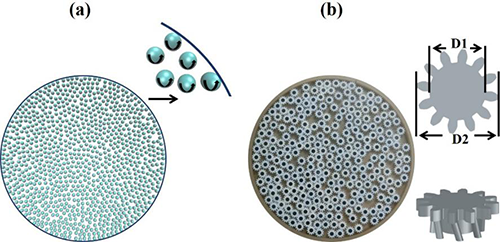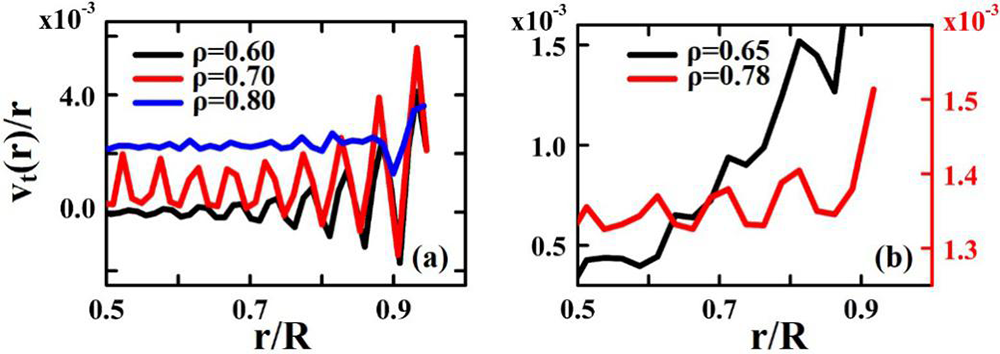
Active matter consisting of self-propelling units, e.g. bacterial solutions and self-driven colloids, is an important class of soft matter systems. Currently, exploration of chiral active matter composed of self-spinning objects, breaking both parity and time-reversal symmetries, is an exciting and a rapidly developing area.
A particularly interesting phenomenon of chiral active matter is the emergence of a spontaneous unidirectional collective edge flow when in confinement. Extensive studies have revealed that the spinner-boundary interactions play an essential role in the emergence of the edge flow. However, confinement can also cause a spatially nonuniform density distribution due to particle-position correlations. The density inhomogeneity is ubiquitous in confined interacting many-body systems and its effect on the collective behavior remains elusive.
In a new study published in PNAS on May 19 entitled "Oscillating collective motion of active rotors in confinement", a research group led by Prof. YANG Mingcheng and Prof. YE Fangfu from the Institute of Physics of the Chinese Academy of Sciences, collaborating with Prof. ZHENG Ning's group from Beijing Institute of Technology, has made great progress in understanding the collective motion of confined chiral active matter.
By combining theoretical calculation, numerical simulation, and experimental observation, the researchers investigated the effects of the density inhomogeneity on the emergent collective behavior in confined active spinners. They found a striking spatially oscillating collective motion of the chiral active matter along the confinement boundary (Fig.2).
Microscopically, this oscillatory collective motion is generated by a position-dependent frictional stress originating from the nonuniform distribution of spinners.
The researchers further showed that the collective behavior experiences three different modes: viscous, viscoelastic, and elastic, as the system density varies. The structural origins of the transitions between the different modes are well identified by the percolation of solid-like regions or the occurrence of defect-induced particle rearrangement (Fig.3).
"These findings significantly advance our understanding of collective motion of chiral active matter in confinement, and highlight the importance of compressibility and inhomogeneity in the emergent collective behavior of active systems", said Prof. YANG Mingcheng.
This study was supported by the National Natural Science Foundation of China, the Key Research Program of Frontier Sciences of the Chinese Academy of Sciences, and the K. C. Wong Education Foundation.

Fig. 1 Schematic diagram of simulation and experiment systems. (Image by Institute of Physics)

Fig. 2 Different collective motion modes from simulation and experiment. (Image by Institute of Physics)

Fig. 3 Structure origins of different motion modes identified by local crystalline order, probabilities of percolation, and mean numbers of defects. (Image by Institute of Physics)

86-10-68597521 (day)
86-10-68597289 (night)

52 Sanlihe Rd., Xicheng District,
Beijing, China (100864)

